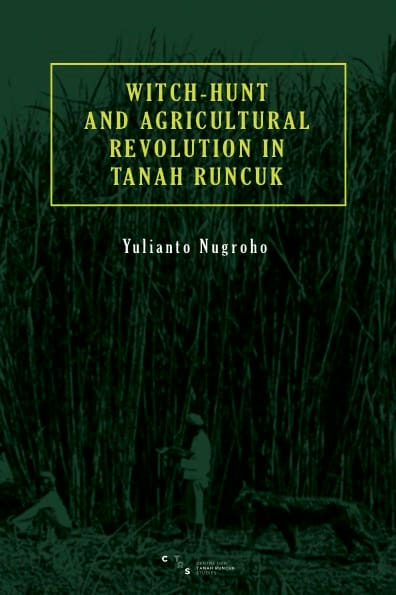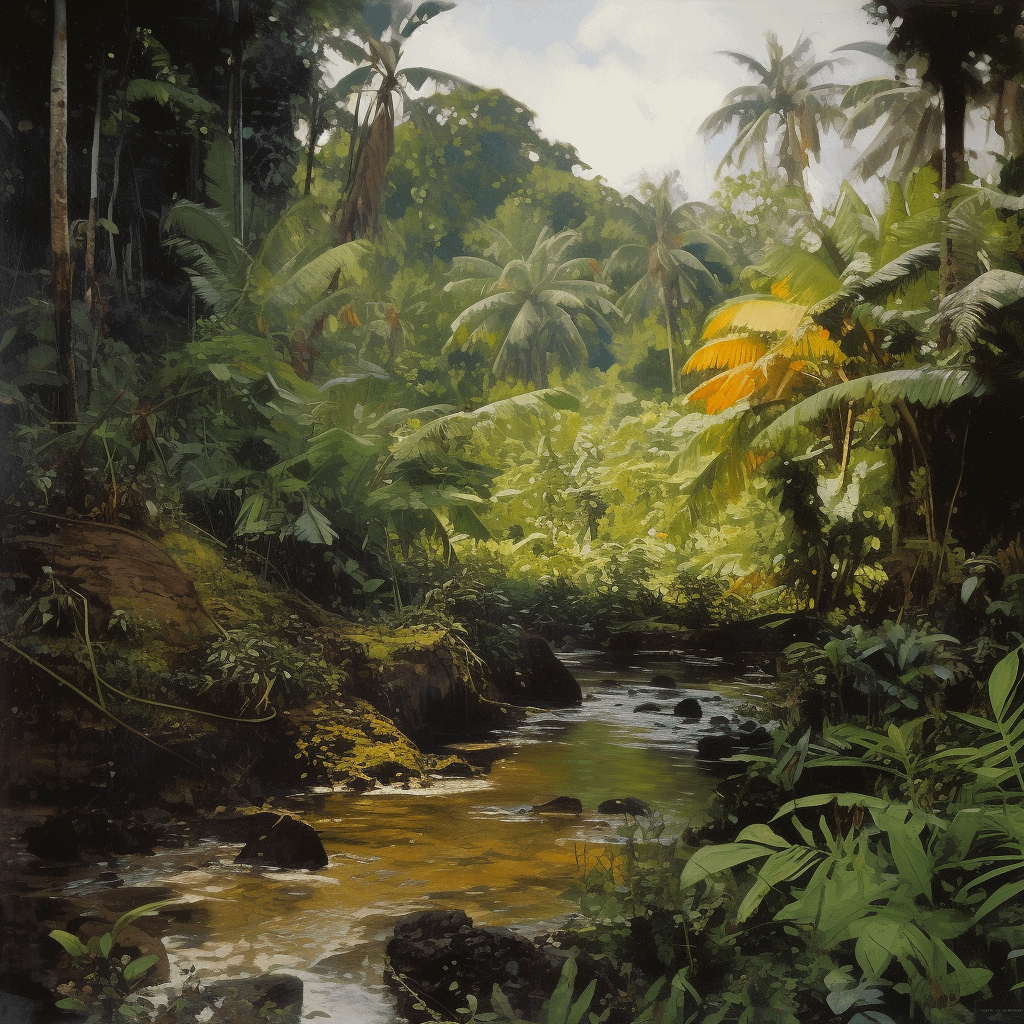
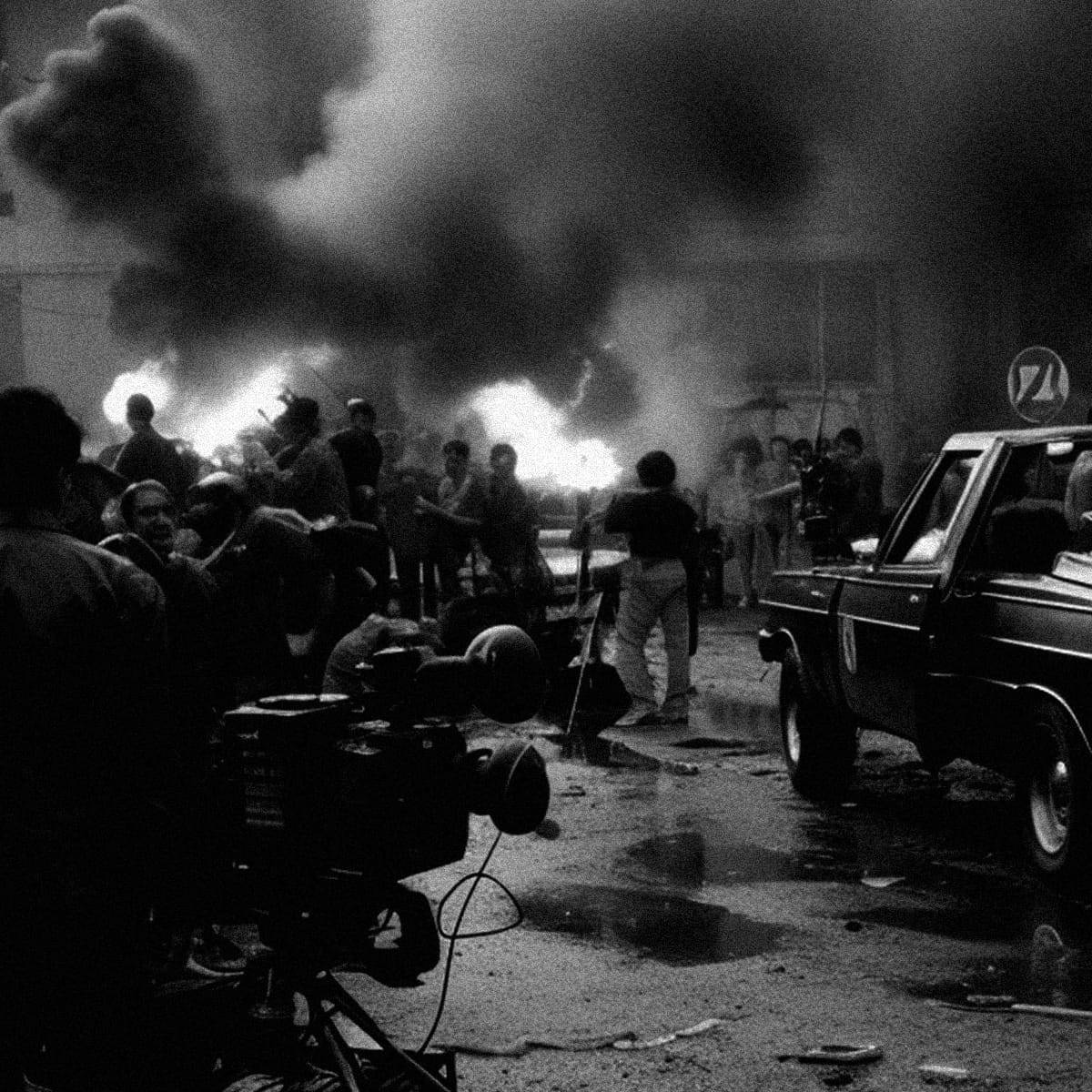
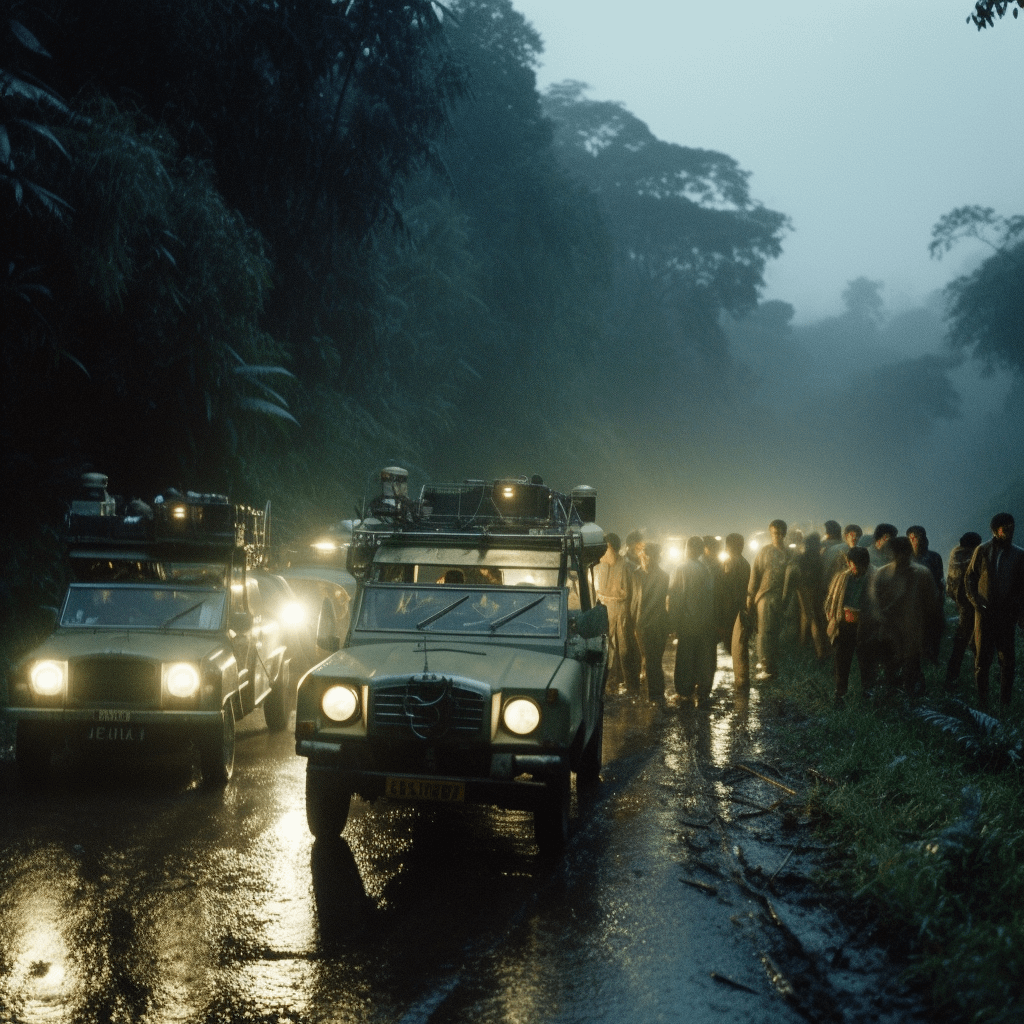
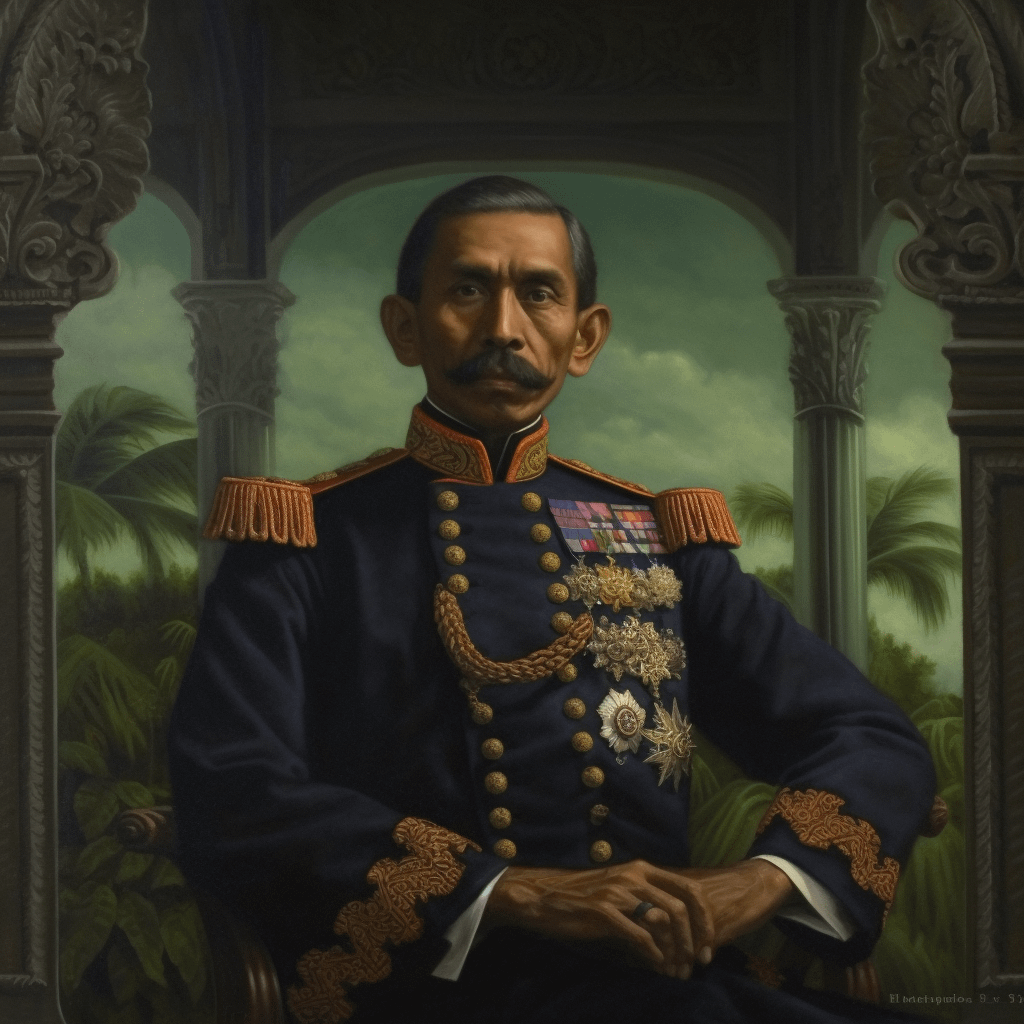
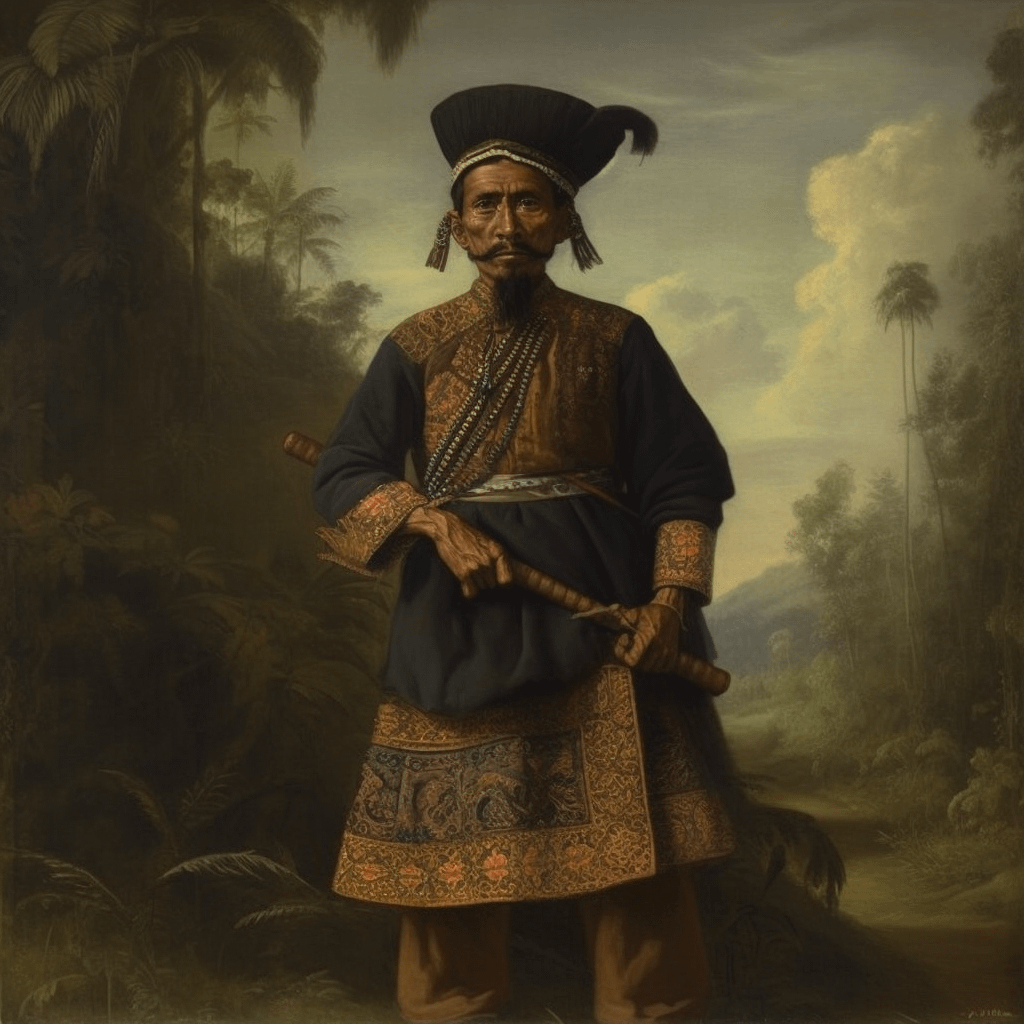
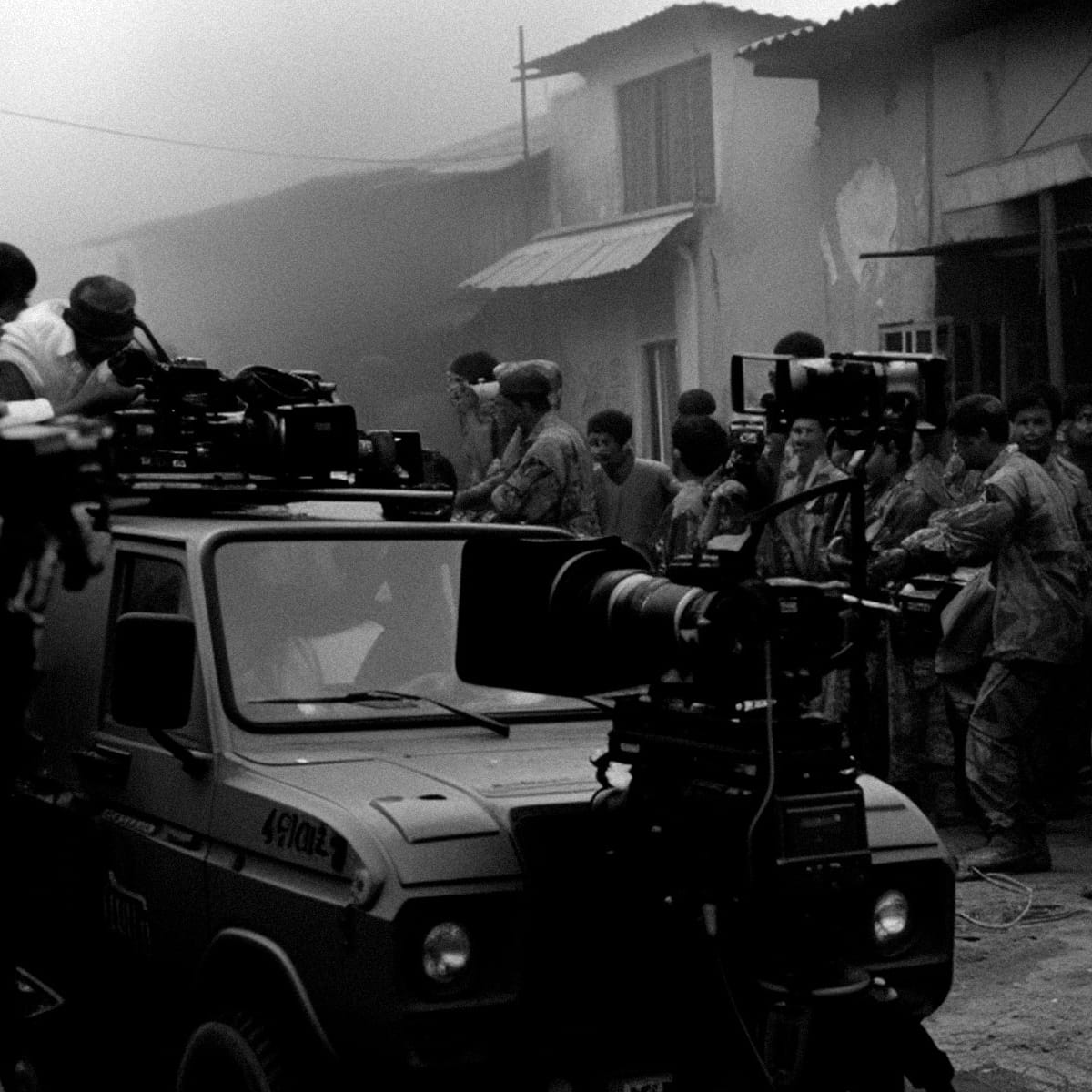
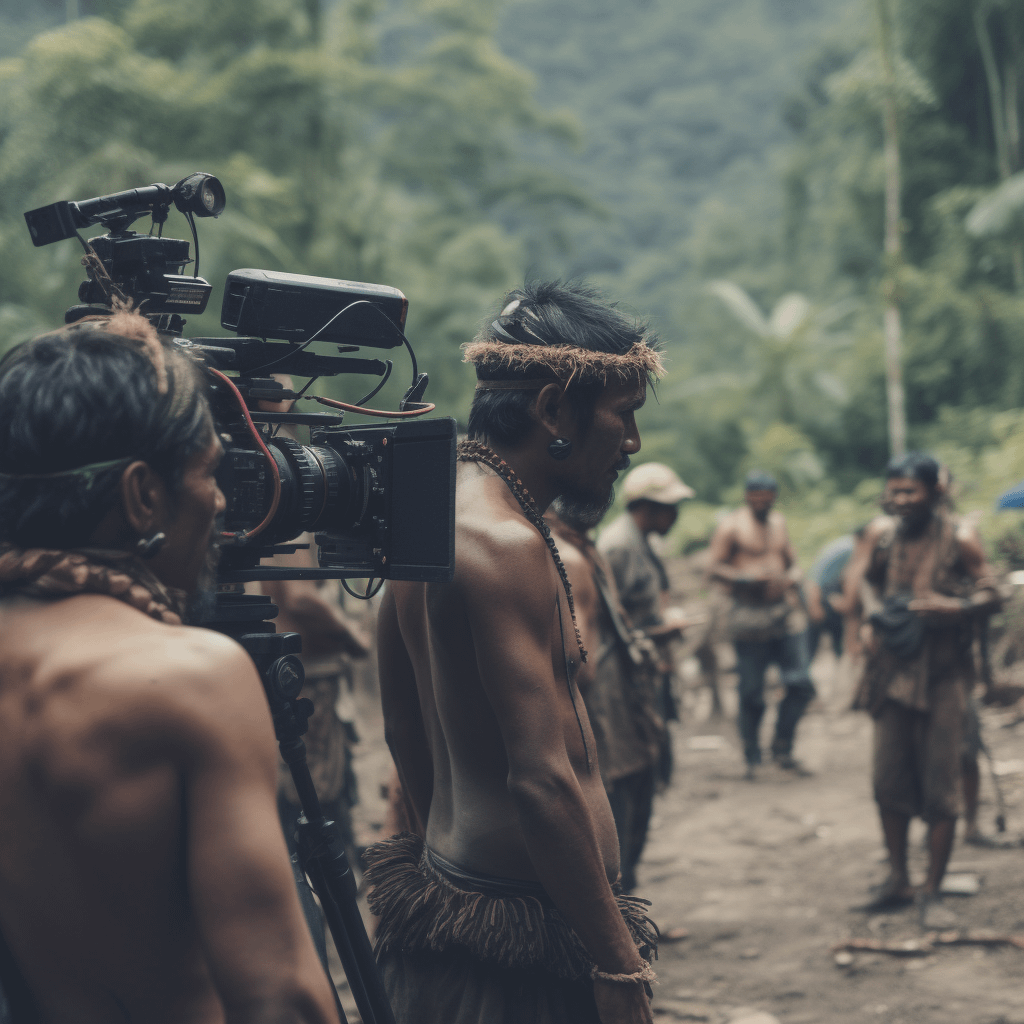
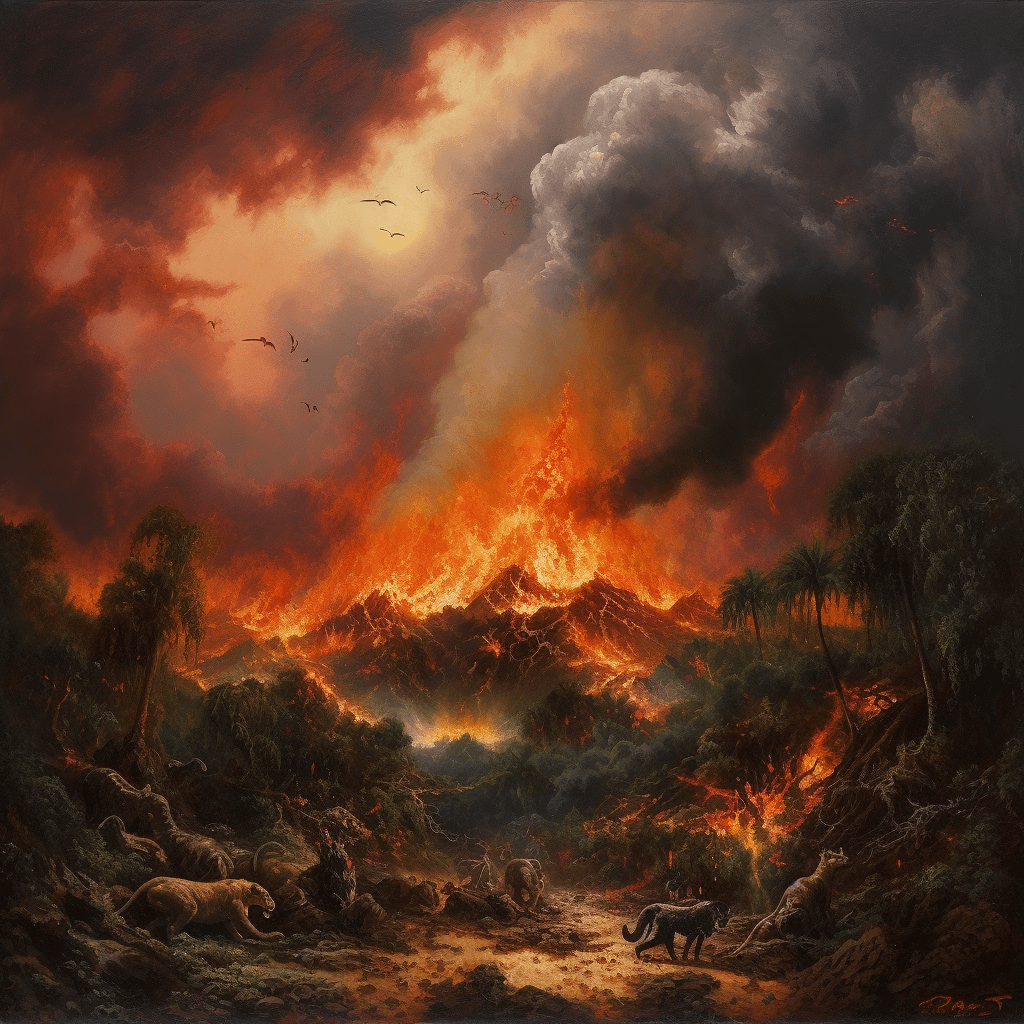
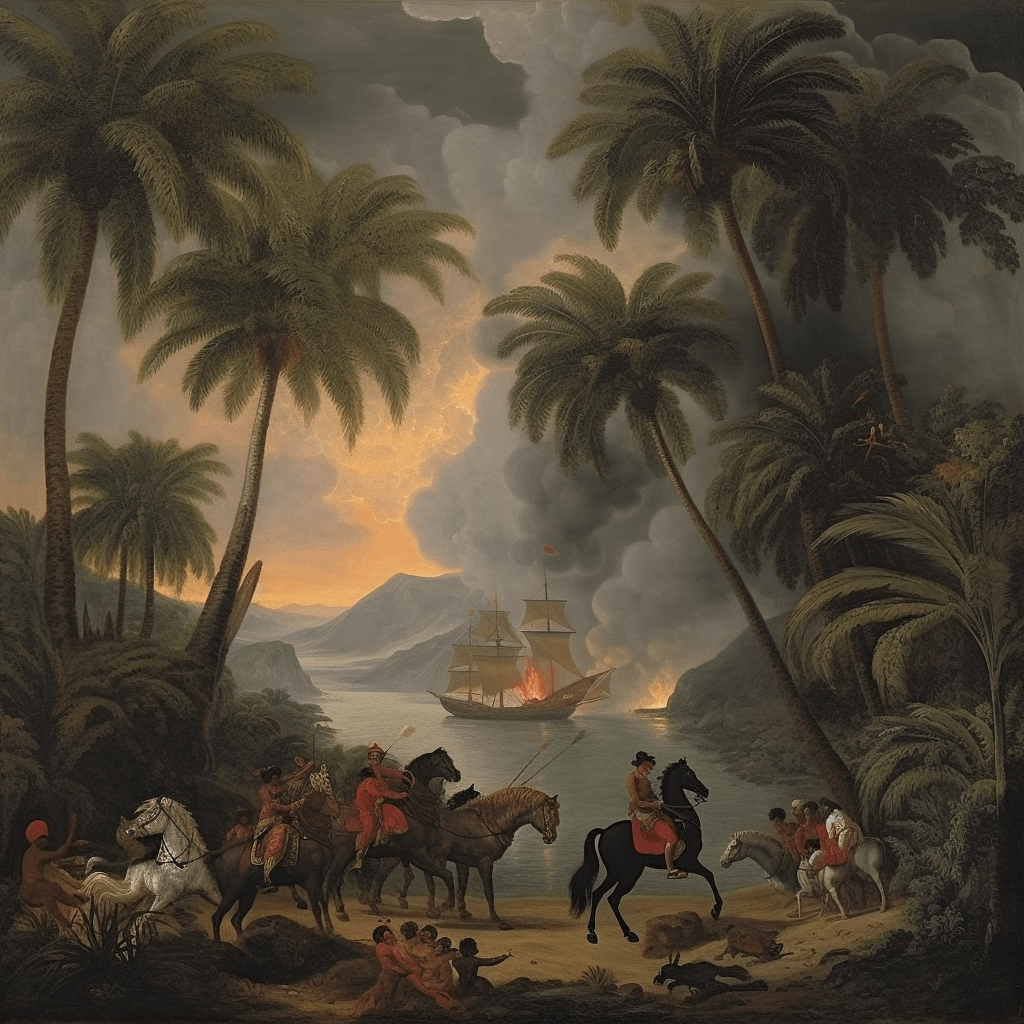
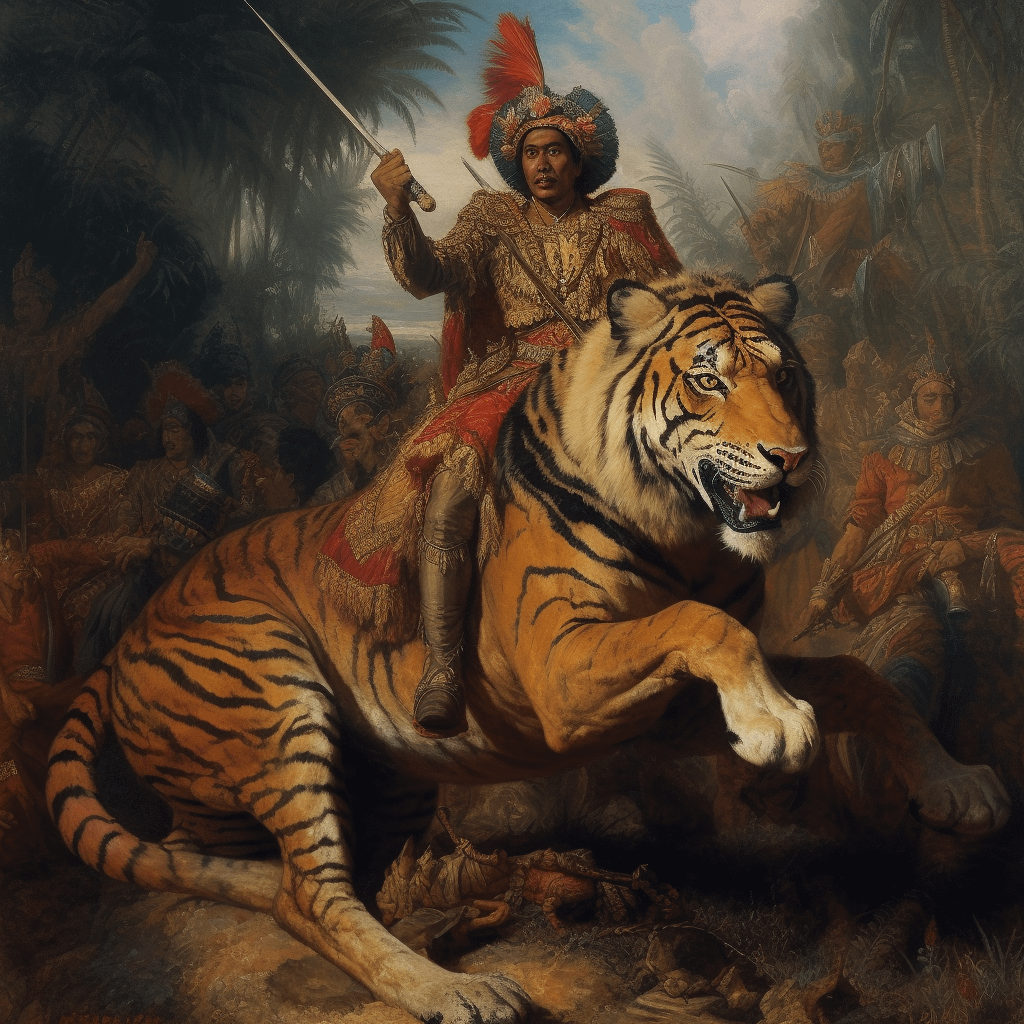
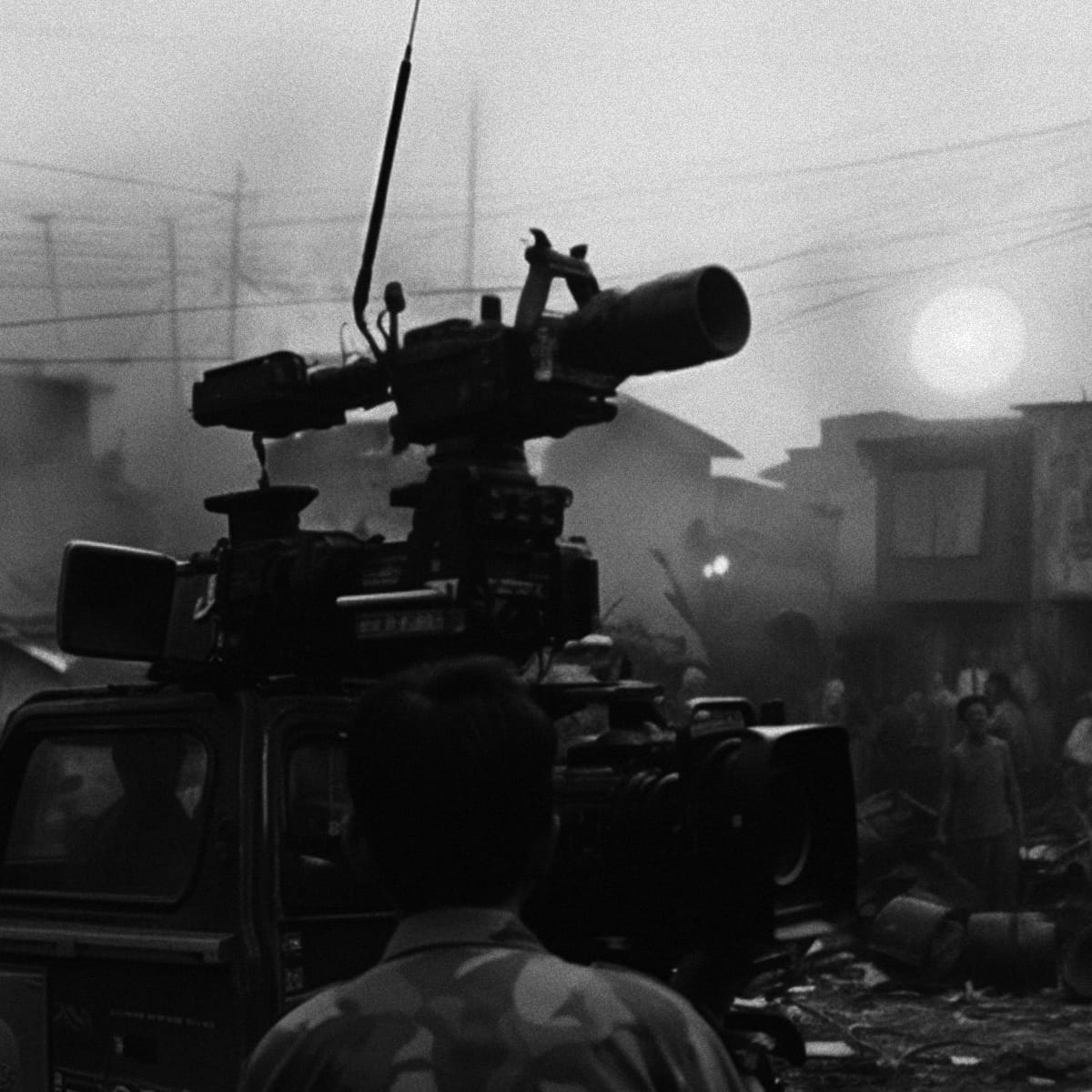
“Humankind is able to create new conditions, a new reality. We are not fated to swim forever among the realities that are here now.
… Everything that is worthwhile in human civilization has not only originated from but has been inspired by dreams, by imagination.“
(Pramoedya Ananta Toer, 1996)
Tanah Runcuk that used to be a subject of intense debates among the scholars, is getting more interesting to be discussed again due to its being within liminality; between presence and absence, between fiction and reality, between fantasy and history. Precisely, Centre for Tanah Runcuk Studies intends to read the discourse of Tanah Runcuk which occupies a realm between myth and science with the approaches of art project and interdisciplinary studies. Instead of drawing a conclusion and producing a single interpretation, this effort expects to open a dialogue and alternative entry in approaching the discourse of Tanah Runcuk.
RECENT EXHIBITIONS
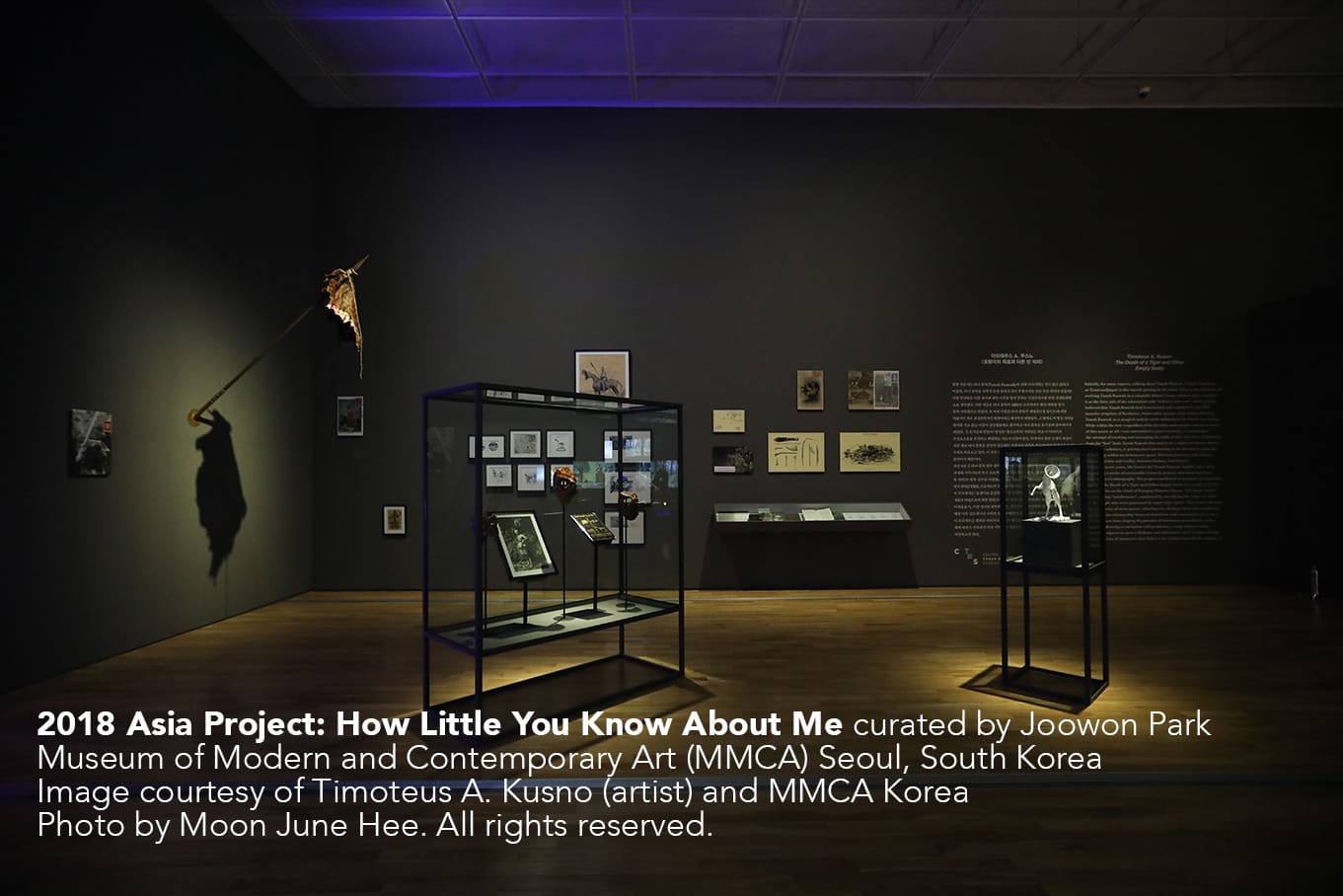
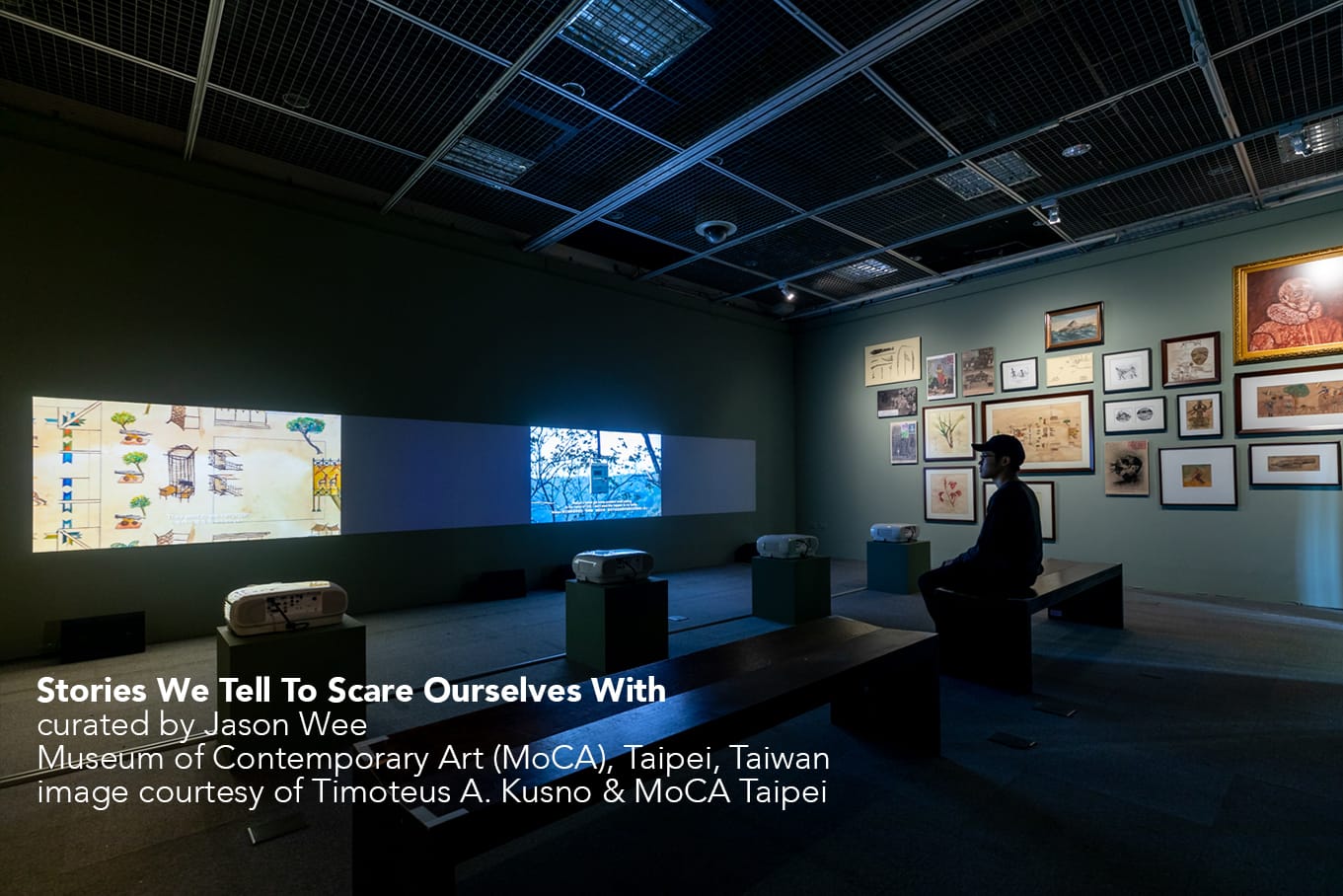
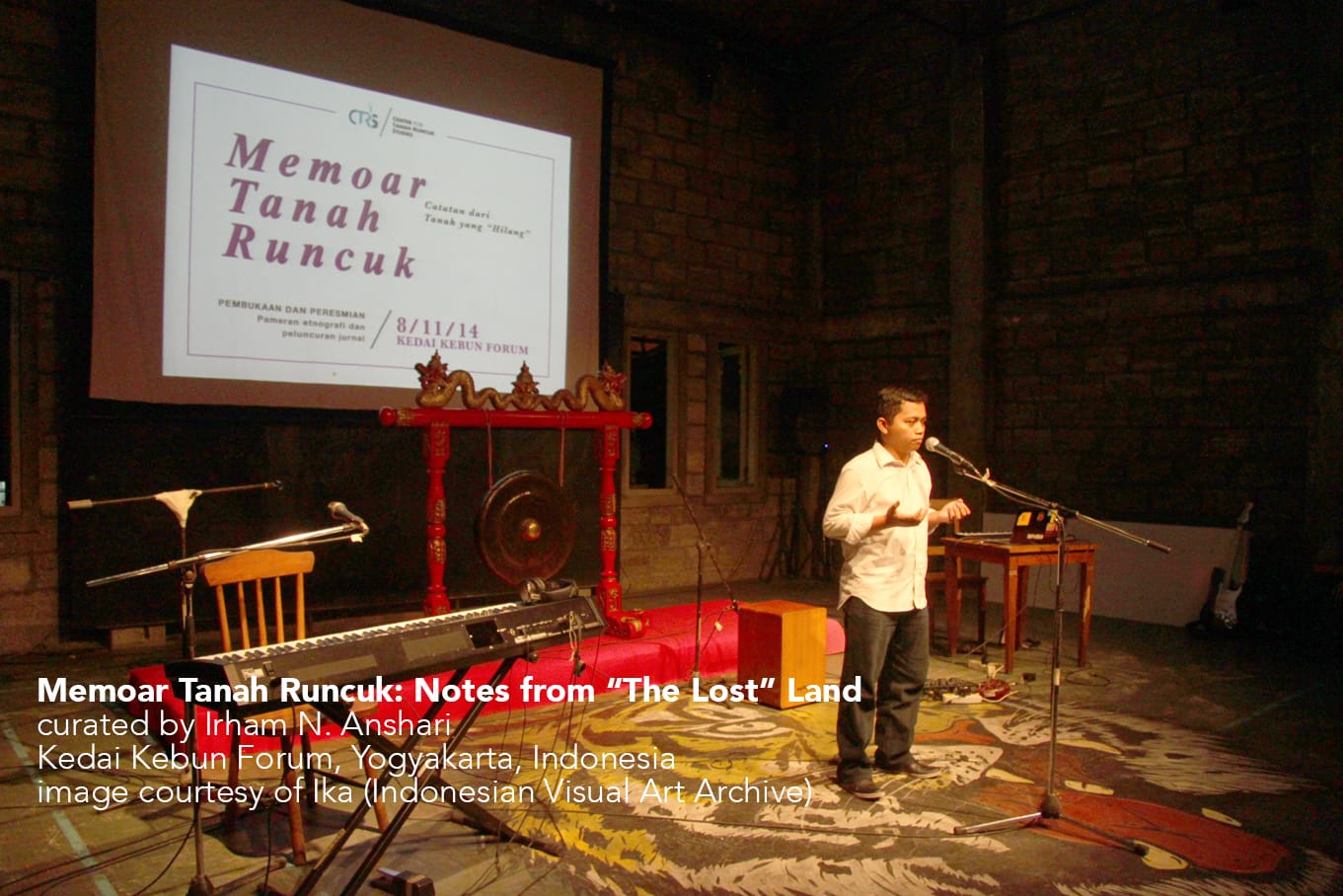
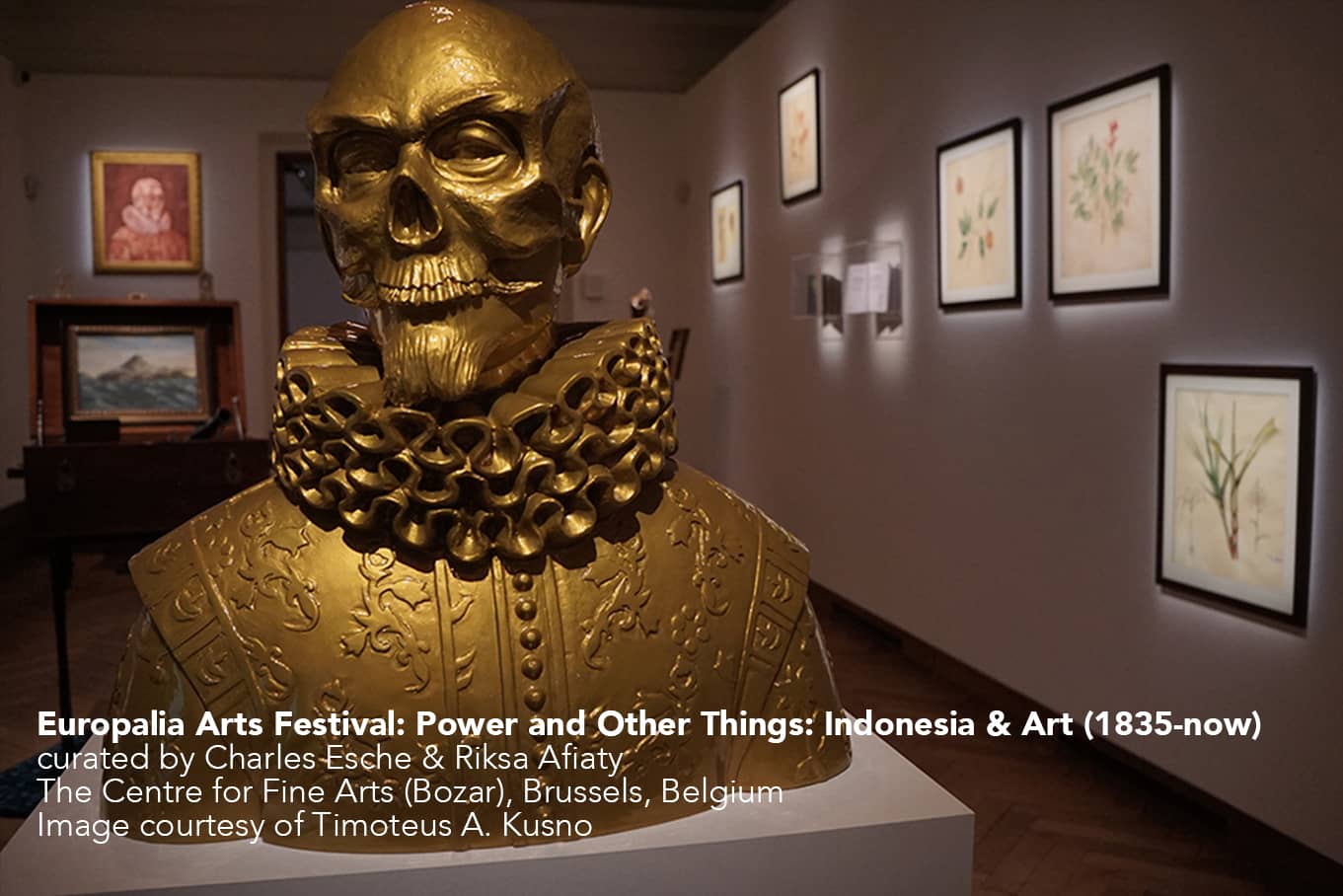


The idea underlying this exhibition emerged during our long-term research on the tradition of “Rampog Macan” or Tiger Raid. This ‘lost ceremony’ is believed to have begun (and written) in the early 17th century, and banned by the colonial authority in Dutch East Indies at the early 20th century. For this ritual, people would gather under the hot tropical sun, in the palace square, to see Javanese tigers or weretigers being pitted against buffaloes, bulls, or thousands of spears. They would fight death on the “stage”. The king would also invite high-level colonial officials to sit with him; this was done for the sake of demonstrating his power. Tight rings of spears were the only wall separating the masses from the fights. The tigers’ death was inevitable, be it by the bull’s horn or a human’s spears.
RECENT PROJECTS
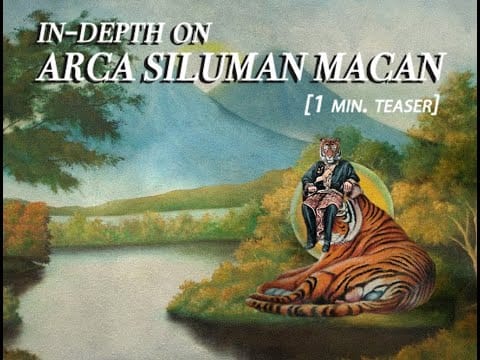
Arca Siluman Macan from Gono Manggala-Sangid site was found near the mass grave area that was assumed to be dug in the 13th Century. Based on a number of related studies, the monument was assumed to function as a warning sign so that the locals would not approach the pit of plague in Gono Manggala-Sangid. This statue also became a historical monument regarding an episode of mass ‘cleansing’, when men, women, elderly people, and infants were slaughtered under the command of King Tohjoyo. The King was threatened by the illness brought by the supporters of Anusapati, the son of Tunggul Ametung that was killed by Ken Arok, his father, using a dagger crafted by Mpu Gandring. According to the statue that was attached to the monument, the cleansing done during the brief reign of Tohjaya (1249-1250 M) was considered as an effort to heal Tumapel. The sick people were located in Gono Manggala-Sangid to be exterminated along with their worsen illness. The Tambora disaster that followed in 1815 had closed the steps left on the digging site.
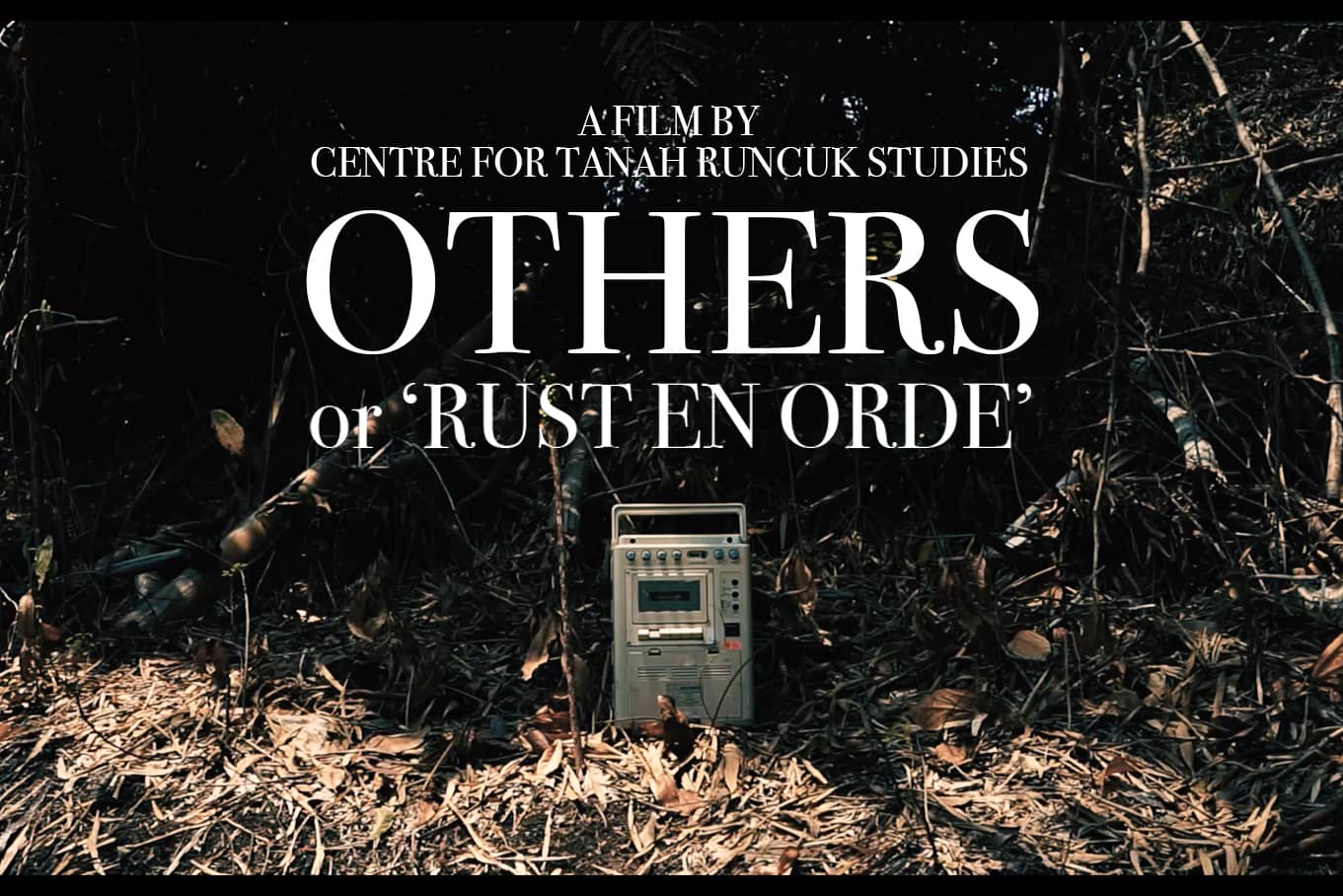
In the early 1990s, Kusbirin and his team completed a documentary film narrating their investigation towards the tradition of Rampogan Siluman Macan that had been celebrated since the colonial era in Tanah Runcuk. Without any clear reason, the authority ruling at that time stated that the film did not pass censorship. Only a while after, the original camera negative (OCN) of the film was said to be missing. As the regime changed, the Centre for Tanah Runcuk Studies team attempted to remake the film which had never met the public. CTRS also created a reinterpretation departing from the tape-recorded interviews with a number of informants whose names were kept confidential.
RECENT ESSAYS
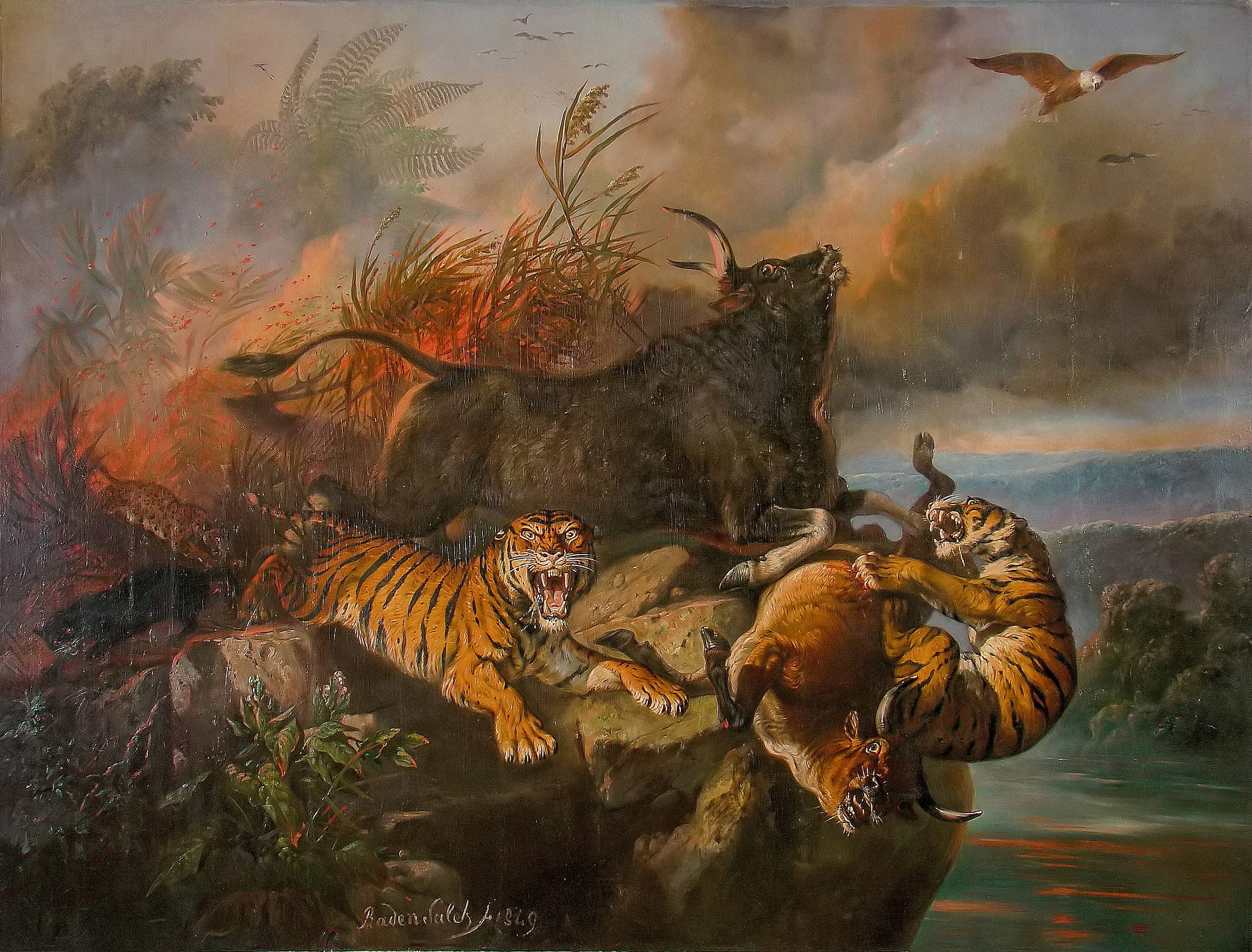
- By
- Timoteus A. Kusno &
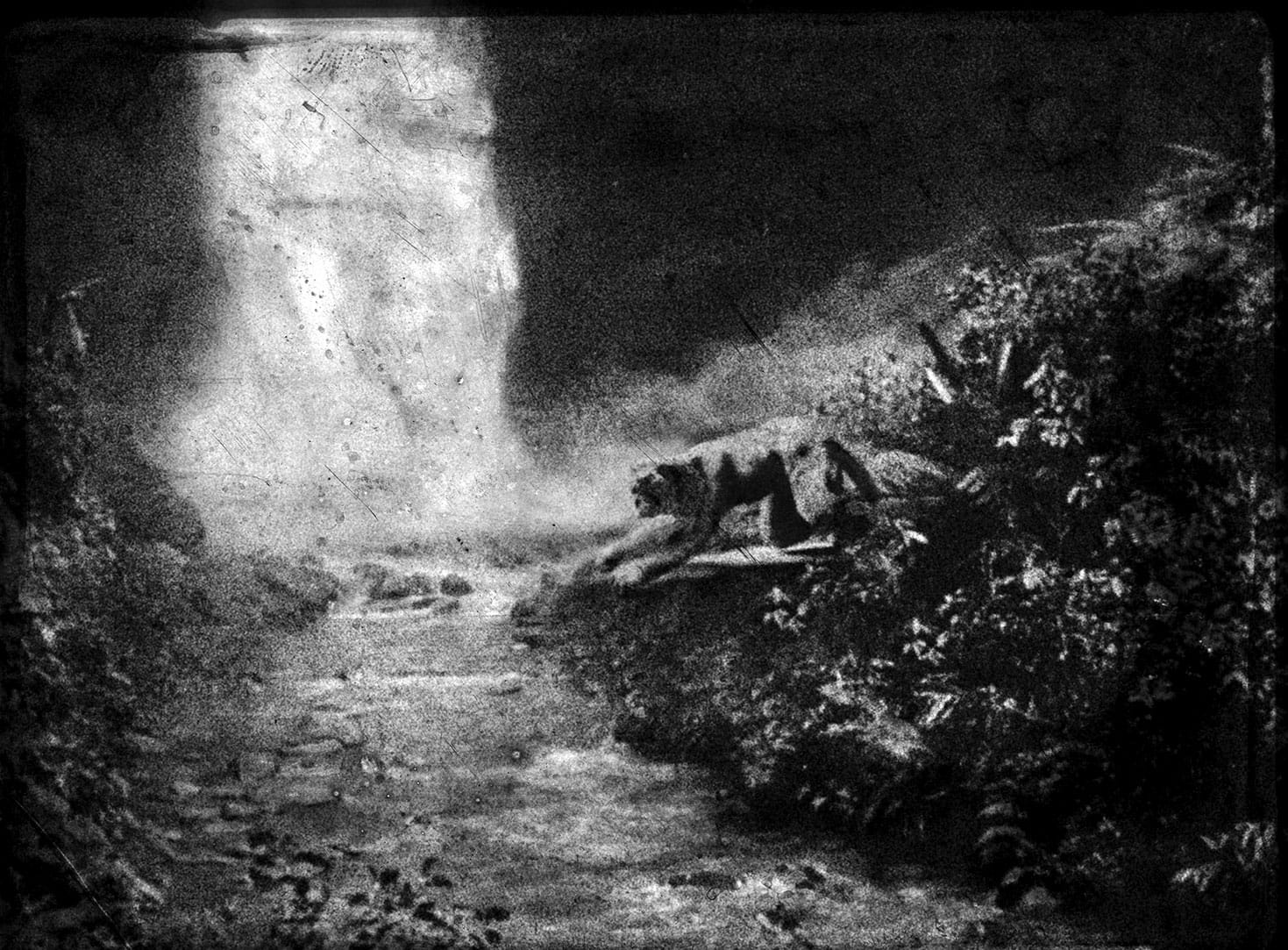
- By
- Miyoko Kato &
- Sapar Dharmapala &
RECENT PUBLICATIONS
